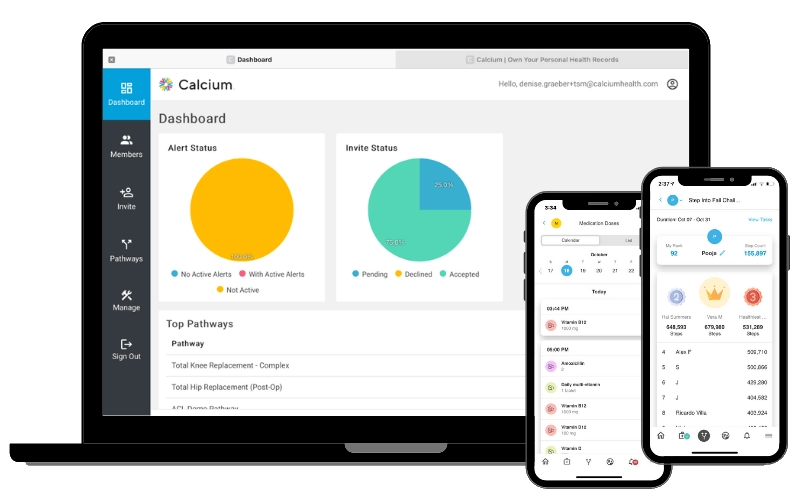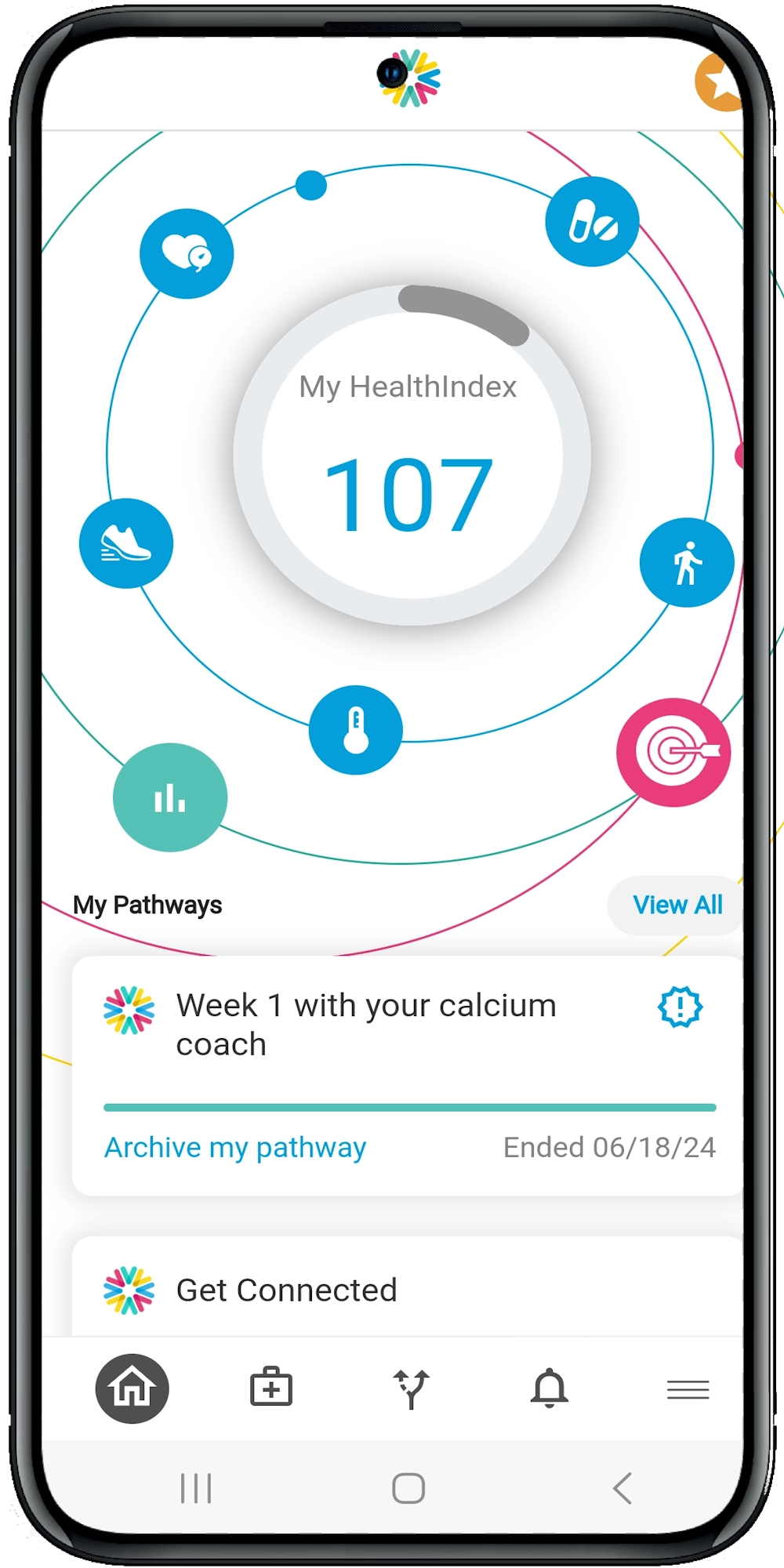How Virtual Reality is Assisting in Cancer Patient Rehabilitation
The Role of VR in Pain Management
Distraction Therapy
VR serves as a powerful distraction, reducing the need for pain medication.
Cognitive Behavioral Therapy (CBT)
Some VR programs incorporate elements of CBT, helping patients manage pain through mental exercises.
Biofeedback
VR can be used in conjunction with biofeedback to teach patients how to control physiological functions like heart rate and muscle tension.
Enhancing Physical Rehabilitation
Gamification
VR turns rehab exercises into games, making them more enjoyable and motivating for patients.
Real-time Feedback
Patients receive instant feedback on their movements, helping them correct their form and improve faster.
Customized Programs
VR allows for tailored rehab programs that adapt to the patient’s progress and needs.
Psychological Support and Mental Health
Virtual Support Groups
Patients can join virtual support groups, providing a sense of community and reducing feelings of isolation.
Mindfulness and Meditation
VR can guide patients through mindfulness and meditation exercises, helping to reduce anxiety and improve mental well-being.
Exposure Therapy
For patients dealing with PTSD, VR can provide controlled exposure to triggers in a safe environment, helping them cope better.
Education and Training for Healthcare Providers
Simulated Procedures
VR allows healthcare providers to practice complex procedures without any risk to patients.
Empathy Training
VR can simulate the patient experience, helping healthcare providers understand what their patients are going through and fostering empathy.
Continuing Education
VR offers a dynamic platform for ongoing education, keeping healthcare providers up-to-date with the latest techniques and treatments.
Patient Engagement and Adherence
Interactive Education
VR can provide interactive educational modules, helping patients understand their condition and the importance of following their treatment plan.
Motivation Through Gamification
By turning adherence into a game, patients are more likely to stick to their treatment regimen.
Remote Monitoring
VR can be integrated with remote monitoring tools, allowing healthcare providers to track patient progress and intervene when necessary.
Overcoming Barriers to Implementation
Cost
VR technology can be expensive, but the long-term benefits often outweigh the initial investment.
Training
Healthcare providers need training to effectively use VR tools, which can be time-consuming.
Patient Acceptance
Some patients may be hesitant to use VR, but education and demonstration of its benefits can help overcome this resistance.
The Future of VR in Cancer Rehabilitation
Integration with AI
Combining VR with artificial intelligence can provide even more personalized and effective rehabilitation programs.
Telehealth
VR can be integrated into telehealth platforms, making it accessible to patients who cannot visit healthcare facilities.
Research and Development
Ongoing research will continue to uncover new ways VR can benefit cancer patients, leading to innovative treatments and therapies.





